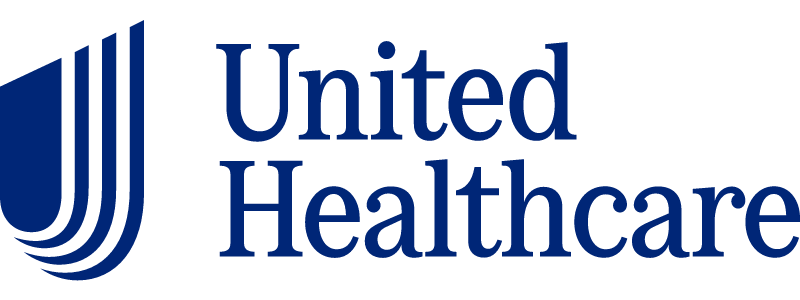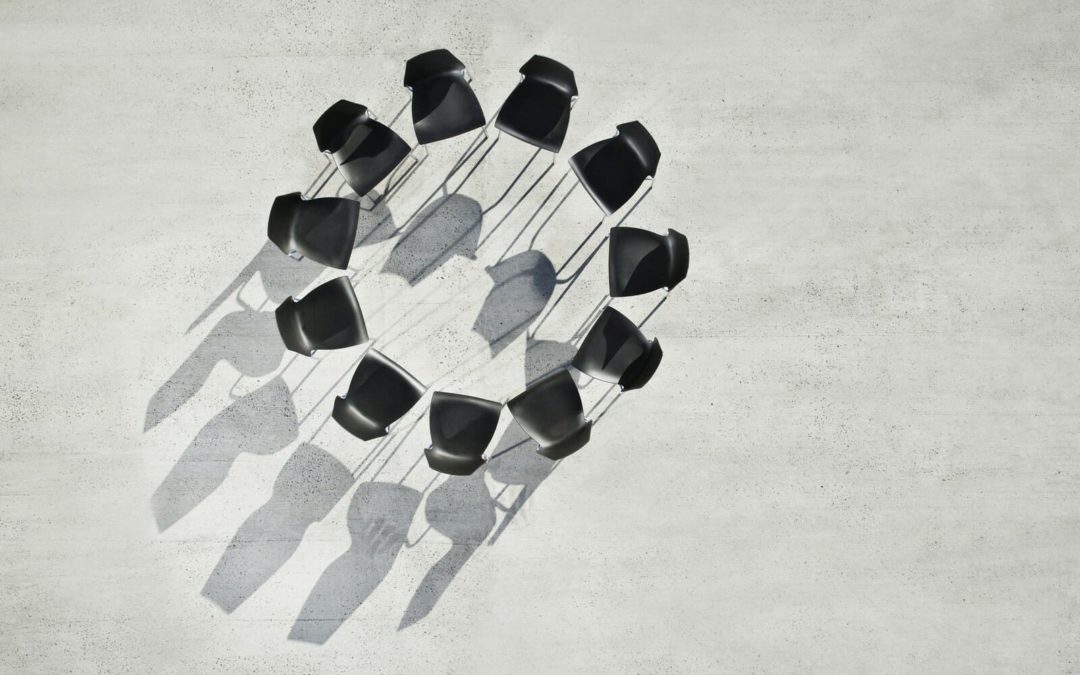Table of Contents
Addiction affects over 10 million Americans, however, only around 19% of individuals actually receive substance use treatment. Over the past decade, many new rehabs, outpatient clinics, and sober living homes have opened up to meet this high demand, but this increase in treatment options has also introduced scammers and those with intentions to exploit or defraud people in their most vulnerable state [1].
The teen behavioral health industry is even more complex, with fewer restrictions and oversight compared to adult services. It’s important for families to carefully evaluate treatment options and marketing claims to avoid falling victim to scams or low-quality care.
Look for transparency, accreditation, and video testimonials from former patients, and be mindful of red flags such as patient brokering, lack of accreditations or licenses, and misrepresentation of services.
The Dark Side of Addiction Treatment Marketing: Awareness and Action
Unethical addiction marketing practices that were more common in the early and mid-2000s take advantage of vulnerable patients and their families, but awareness is the first step in combating this. Greater knowledge of the dark side of the rehab industry has led to new legislation and increased oversight by law enforcement, public health officials, and even search engines such as Google over recent years.
For example, the National Alliance for Recovery instituted an official code of ethics for recovery residences (inpatient facilities and sober living homes). And in 2018, the Joint Commission rolled out new outcome measures requiring evidence-based practice (through standardized measurement tools) for treatment facility accreditation [2][3].
The Role of Google and the Introduction of LegitScript
Major search engines like Google have also taken several steps in recent years to prevent this problem, such as restricting the promotion of addiction treatment services by requiring advertisers to be certified through LegitScript. This verifies the facility’s legitimacy, credentials, and compliance with federal or local laws [4].
Google now restricts ads for terms like “drug rehab” and “alcohol treatment” from uncertified providers and limits advertising in regions where facilities do not have a license. They also enforce strict rules on content to avoid false claims or exploitative language in ads (e.g., “100% guaranteed to help you heal”).
Red Flags to Watch For in Rehab Center Advertising
Patient Brokering
Also known as body brokering, this was once a more common practice but is highly illegal and unethical, where brokers or “middlemen” receive financial incentives to refer individuals struggling with substance abuse disorder to specific rehab facilities.
These brokers often exploit vulnerable patients and their families by “selling” patients to treatment centers in exchange for finder’s fees, sometimes ranging from hundreds to thousands of dollars per referral. The practice prioritizes profit over patient well-being, with brokers sometimes encouraging relapses or referring patients repeatedly to maximize financial gain.
7 signs that a rehab could be participating in patient brokering include [5]:
- Aggressive or persistent outreach from marketing representatives of rehab facilities, pressuring quick decisions.
- The rehab center doesn’t provide clear, transparent information about its credentials or licensing.
- The facility may offer unusually high or immediate placement guarantees without proper assessment.
- Lack of medical oversight or little emphasis on individualized treatment plans.
- Positive reviews or testimonials that seem generic, scripted, or suspiciously similar across facilities.
- High rates of patient readmissions with little progress.
Misrepresentation of Services
Avoid treatment facilities that fail to disclose their programs, deny affiliations to partner facilities or organizations, mislead about the status of their accreditation, or misrepresent services or the conditions they treat.
Of course, websites are not always up to date, but look for key information that should be consistently updated, such as licensing, current staff, insurance, and safety protocols and practices. Make sure you speak with the admissions team, and if you can, tour the facility before making a decision.
Paid Rehab Directory Listings
Rehab Directories are valuable tools for helping patients connect with reputable facilities; however, not all of these directories are reliable, and some function as an elaborate form of patient brokering. An example of this is a directory that shows hundreds of rehab facilities, but only one phone number that promises to connect you to all of them.
Look for facilities that include the phone numbers for each listing, so you can contact them directly. Some reputable directories include:
- American Addiction Centers (AAC) Directory
- SAMHSA Treatment Locator Tool
- Recovery.com
- Psychology Today
Facilities Focused More on Amenities Than Care
Not every facility that highlights amenities as its primary focus is a marketing scam; however, when it comes to teen treatment centers, the emphasis should really be on safety, quality of care, and licensing. Amenities are important and contribute to a successful recovery journey, but cannot replace a foundation of evidence-based practices and protocols.
Hidden Fees
Extra costs or hidden fees not disclosed upfront may indicate shady marketing practices such as body brokering and a focus on profit over care. Staci Katz, the mother of a patient who fell victim to a scam at a peer support meeting, told NPR that she was charged $9,500 for five urine tests for her son’s treatment [5].
Other Considerations Specific to The Teen Behavioral Health Industry
There are several other red flags to be mindful of, especially when it comes to the teen behavioral health industry. Make sure that the treatment program for your teen focuses on therapeutic care rather than punishment tactics such as isolation, humiliation, harassment, verbal or physical abuse, solitary confinement, or physical restraints.
Also, look for licensed and credentialed staff and therapists who provide clinical oversight. Some teen programs rely on peer hierarchy, allowing youth to discipline or restrain their peers, which can complicate safety and create a coercive environment [6]
How To Find A Reliable Rehab for Your Teen
Now that we have discussed some of the most common red flags, let’s briefly highlight a few key factors to look for when finding a treatment program for your teen.
- Licenses and accreditations; this is #1!!
- Treatment approaches and emphasis on aftercare, outpatient treatment, and long-term approaches to recovery.
- Conditions treated? Make sure the program treats substance use disorders and can address the individual needs of your teen.
- Level of family involvement, regular updates to parents and caregivers, family classes, or therapy sessions.
- Trained and certified staff, presence of licensed therapists, psychiatrists, and medical doctors or nurse practitioners in some levels of care, such as detox.
- Other important things to consider are testimonials, success stories, and whether your insurance is accepted.
The Importance of Accreditation and Licensing
Most mental health and addiction treatment centers must meet federal and state licensing requirements. However, accreditation takes these requirements to the next level and is a voluntary external review process that accredits the organization for exceeding standards of care.
For example, around 70% of mental health facilities meet their state licensing requirements, but only 34% meet the Joint Commission Standards, and only 24% meet the standard set by CARF. Accreditations offer an objective and trustworthy way of understanding the quality of care at a rehab facility [3].
A few common accreditations or partners to look for in an addiction treatment center include:
Questions to Ask When Evaluating Rehab Marketing
Making the decision to send your teen to treatment can feel overwhelming, and you may not have the time to do the research. Here are five questions to ask yourself to help you quickly identify if the treatment center provides high-quality care:
- Is the facility properly licensed and accredited by reputable organizations?
- Does the center offer evidence-based, individualized treatment programs tailored to teens?
- Are qualified medical and mental health professionals, including psychiatrists, involved regularly?
- Does the program address co-occurring mental health disorders alongside addiction?
- How does the facility involve and support families throughout the treatment process?
Licensed & Accredited Substance Abuse Treatment for Teens
Clearfork Academy is a network of behavioral health facilities in Texas committed to helping teens recover from substance abuse and co-occurring mental health disorders with evidence-based treatments rooted in community, family, and faith.
At all levels of our team —from peer support staff to leadership —everyone is committed to upholding ethical standards of care and helping parents find the best treatment options for their youth. We are LegitScript Certified, accredited by the Joint Commission, and regularly meet state and federal licensing requirements. Contact our admissions team today to find effective treatment for your teen.
Sources
[1] American Hospital Association. 2023. Survey: Most Americans with substance use disorders don’t receive treatment.
[2] NARR. Standards.
[3] Joint Commission. 2025. Joint Commission Launches a Transformative Approach to Healthcare Accreditation.
[4] Khalaf, D. 2018. LegitScript’s New Certification Program for Addiction Treatment Providers Will Help Those Most Vulnerable. LegitScript.
[5] Haden, P. 2017. ‘Body Brokers’ Get Kickbacks To Lure People With Addictions To Bad Rehab. NPR.
[6] Tsisin, E. 2023. The Troubled Teen Industry’s Troubling Lack of Oversight.

Mike Carter, LCDC
Alumni Relations Manager
Mike grew up on a dairy farm in Parker County, Texas. At the age of 59, he went back to college and graduated 41 years after his first graduation from Weatherford College. God placed on his heart at that time the passion to begin to help others as they walked from addictions, alcoholism, and abuse of substances. He is a Licensed Chemical Dependency Counselor and in the past few years he has worn many hats, from intake and assessment, group counseling, individual and family counseling, intensive outpatient and now he is working with clients, therapist, and families on discharge planning and aftercare. He also coordinates our Alumni Outreach Program.




